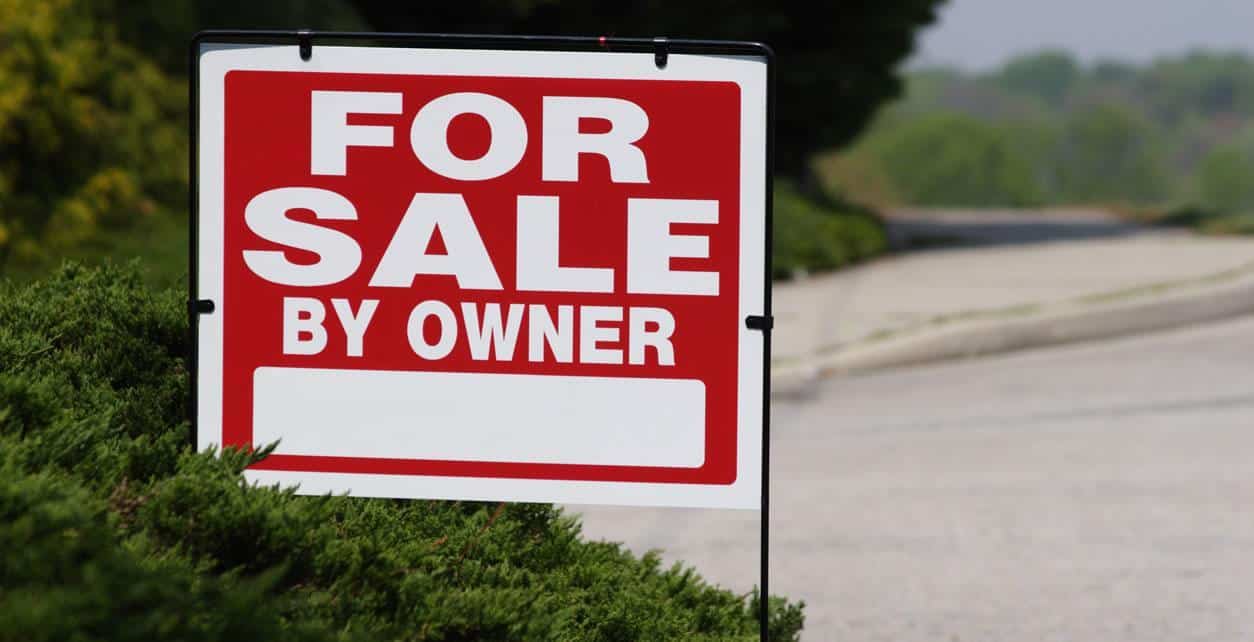At this years’ Ontario Association of Architects annual conference, the opening plenary focused on valuing zero carbon emissions and net zero energy in buildings. Experts discussed at length the role of architecture and design in building and valuing low-emission energy-efficient buildings.
It was clear across all panel participants that there is emerging market demand for low emission real estate and an undeniable need to reduce energy use and carbon emissions when designing for the future. Real estate assets that are built today will be in use for an estimated 80 years if they’re well-built. In a future where zero-emission buildings and low-carbon intensity are expected to be part of real estate valuation, panelists agreed that building better, future-friendly buildings is an important contribution for architects and designers to make to the built environment.
In one-on-one interviews I dove into perspectives of valuing carbon in the real estate market and the future value of net-zero buildings. In this video, I speak with CleanTech entrepreneur Tom Rand. Tom opens our one-on-one conversation with the statement “We are heading to a heat death of our civilization… it’s our end game… and there is no coming back from this mistake.” That is a big statement and I am struck by its severity. I pressed Tom for solutions, and he had some clear insights.
“It will become standard marketplace to look at carbon and energy in every transaction. It will be part of common practice by 2035, as much as looking at taxes and transaction fees.”
He continues, “By 2035 it will be unusual for homes to have green house gas emissions.
“Houses are simple and the solutions are available. There are systemic changes needed. Heat pumps and geo exchange are available and proven technologies for efficiently heating and cooling buildings.”
Tom’s insights are based on personal experience. He codeveloped “North America’s Greenest Hotel”, The Planet Traveler Hostel in Toronto. He also retrofit his own home in Toronto with heat pumps. The key drivers for him were reduction of emissions and improved comfort.
My second interview, with Joanne McCallum, architect and CEO with McCallumSather Architects Inc. of Hamilton, will be posted on REM next week.

Chris Chopik is an influential housing industry innovator and a respected authority working at the intersection of housing, energy, resiliency and natural hazards. Chopik’s work includes an extensive exploration of the future of “Property Value in an Era of Climate Change” (2019) where he examines the financial impact of natural hazards on property values across North America. He holds a Master of Design, Strategic Foresight and Innovation from OCAD University.

















